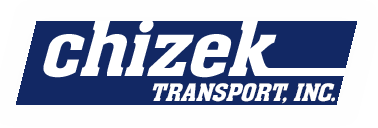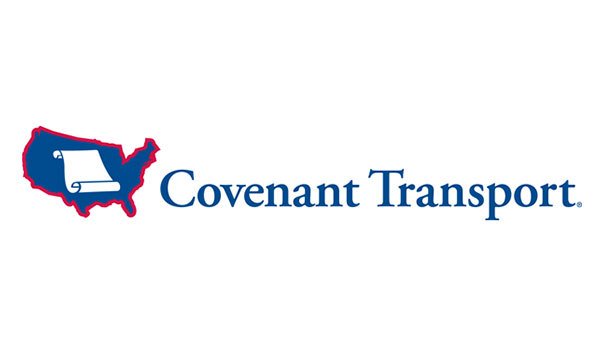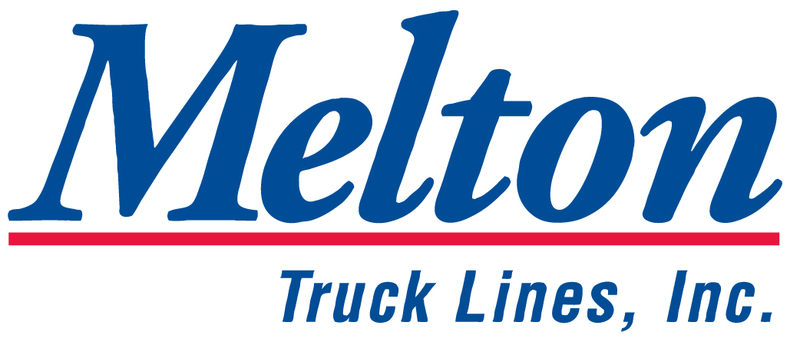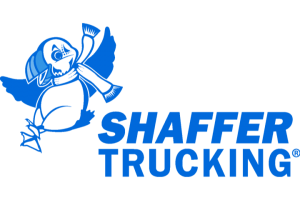Successfully Passing a DOT Audit
You've just received a notification call from the Department of Transportation (DOT). What do you do now? Do you panic?
A good Safety Department in any trucking company should have things under control. Even if you just came into the position, there is a list of things to do:
- Cover the Driver Qualification (DQ) files and ensure that they have the minimum items required by the DOT.
- Ensure that you have copies of all Chain-of-Custody reports and the result from pre-employment, random, and accident files in a secure location. Have the semi-annual statistics available from the random pool. Ensure that all physicals and medical cards are current.
- Make certain that you look at the safetsys.org and look up your DOT number. Go under the drivers and scroll to all inspections. Print out a copy of each inspection that you do not have a record for, and enquire from the specific driver why that paperwork was not turned into the safety department.
- Go over each and every log and find all mistakes. Hold a meeting with the drivers and correct them! Remember that if they look neat clean and complete, that goes a long way. Get the form and manner mistakes corrected, too.
- Have a copy of all reports involving driver and vehicle inspections, ensuring any out of service (OOS) items are documented repaired.
- Pull the maintenance records and ensure that you follow everything you need on the information required.
- Establish and document training given by having a sign in sheet signed by the driver with the date, topic covered, and instructor information and keep that file ongoing and up to date.
I have been at a small trucking company since May as Safety Director. My first task was to put a policy book together for the company. In July we received "the call." I had 13 days until our appointment to get all information together. Previously, I had been methodically going over every item mentioned above. Additionally, I made a three-ring display binder to guide me through the entire process. Pulling out from the Federal Motor Carrier Safety Regulations, I extracted the parts that were relevant to our operation. The order went:
1.) Part 40/382 The Drug Program and Requirements
2.) Part 385 Safety Fitness Procedures
3.) Part 387 Minimum Levels of Financial Responsibility
4.) Part 390 General (Knowledge Test and Accident Files)
5.) Part 391 Qualification of Drivers
6.) Part 392 Driving of Commercial Motor Vehicles
7.) Part 393 Parts and Accessories Necessary for Safe Operation
8.) Part 395 Hours of Service
9.) Part 396 Inspection, Repair and Maintenance
10.) Part 399 Employee Safety and Health Standards
11.) Appendix G Minimum Periodic Inspection Standards
Starting from the first item and working through the list, each item got checked off and then rechecked for accuracy.
First, I contacted the clinics we use to get their certifications, lab certifications, Medical Review Officer (MRO) contact information for Part § 40/387 requirements. The office staff pulled together both the chain of custody forms and results from all drug screens and placed then in respective locked file cabinets.
Next, I determined if the company was operating with an interstate permit, not an intrastate permit as we indeed go out of state. The following documents were gathered and placed on a review three ring binder: Company registration; USDOT authority; authority to operate in each state as required by their jurisdictions and IFTA documentation; and mileage/fuel usage for the year to date.
After that, I determined that the company did comply with §385.5 Safety Fitness standard. This encompassed looking into and ensuring that the company was operating within appropriate guidelines as expected by the Federal Motor Carrier Safety Administration (FMCSA).
Next gathered was a copy of the insurance certificate showing that the company had at least the minimum required insurance as deemed necessary by the FMCSA.
I then had a driver DOT knowledge test as required by§ 390.3(e) (2) and all drivers had a completed test in their file. I took time to look over any accidents that had occurred in the previous year. I made sure to update the accident log and bring it current.
Next was the completion of the DQ file. There are only eight items required in the DQ file and they are:
1.) Is at least 21 years old
2.) Can read and speak the English language sufficiently to converse with the general public, to understand highway traffic signs and signals in the English language, to respond to official inquiries and to make entries on reports and records
3.) Can, by reason of experience, training, or both, safely operate the type of commercial motor vehicle he/she drives
4.) Is physically qualified to drive a commercial motor vehicle in accordance with Subpart E-Physical Qualifications and Examinations of this part
5.) Has a currently valid commercial motor vehicle operator's license issued only by one state or jurisdiction
6.) Has prepared and furnished a motor carrier that employs him/her with the list of violations of the certificate as required by§ 391.27
7.) Is not disqualified to drive a commercial motor vehicle under the rules in 391.15
8.) Has successfully completed a driver''s road test and has been issued a certificate of driver''s road test in accordance with § 391.31
When I found something out of order, I made arrangements with the individual involved to sit with me to correct all the necessary items. There was a flurry of things to do to complete the DQ files (§ Part 391).
I had to finalize all the files in the same order of information, verify that copies of the individual driver license (§ Part 392), update the motor vehicle record, make sure all physicals were current, verify Motor Vehicle Records (MVRs) were current and that the drivers were in fact insured by the insurance company.
Next was compliance with § Part 393-Parts and Accessories Necessary for Safe Operation. Each unit was inspected to ensure that all paperwork necessary was in the cab of the tractor, that the necessary inspections were completed on the equipment, and a copy was in the permit holder on the trailers as well as the tractors, and that the units were in fact ready for the road.
Subsequently, I looked at each and every log for the previous six months (§ Part 395). I audited all of the logs and had drivers come in and correct both minor and major mistakes. I called the company that had the log auditing program and had them go through the entire program to ensure I knew how it operated. There were several things not set up for infraction notification. That is now taken care of and the logs are cleaned up and audited on a regular basis. These are required to be kept for a minimum of 180 days. It is suggested that with any accident, the logs are kept in an accident folder for the prior seven days.
I inspected each unit maintenance file to ensure that they were all chronologically in order and up to date. I made sure that the required information was in each file folder and that the files were numerically in order as well. Additionally, I have certification for the mechanics for their brake certification as well as any training that they may have completed within the previous year.
Next was the Daily Vehicle Records (DVIRs) (§ Part 396). These were in chronological order with a tracking system in place to verify that repairs were completed in a timely manner. These must be kept for a minimum of 90 days.
I checked all equipment to ensure compliance with § Part 399, Employee Safety and Health Standards. This part includes the general items to make sure that grab bars, steps, and deck plates are in good condition and are securely attached to each of their respective units. After all that, I looked at Appendix B to ensure overall compliance with any maintenance standard.
I was now ready for any inspection. (By the way, this took about 9 to 12 hour days to complete-and that was a small company!)
The end result: Congratulations with a satisfactory rating and no fines!
How does this tie in with a driver? Simple-the paper trail. Drivers, you have a huge responsibility placed on your shoulders. You do what you are supposed to do, and your back will be covered by your actions. If there are fines due to improper paperwork, you the driver can share those expenses!
You work to make an income. Don''t give it away over paperwork errors. Do your part to keep your company in business with a satisfactory safety rating.
















